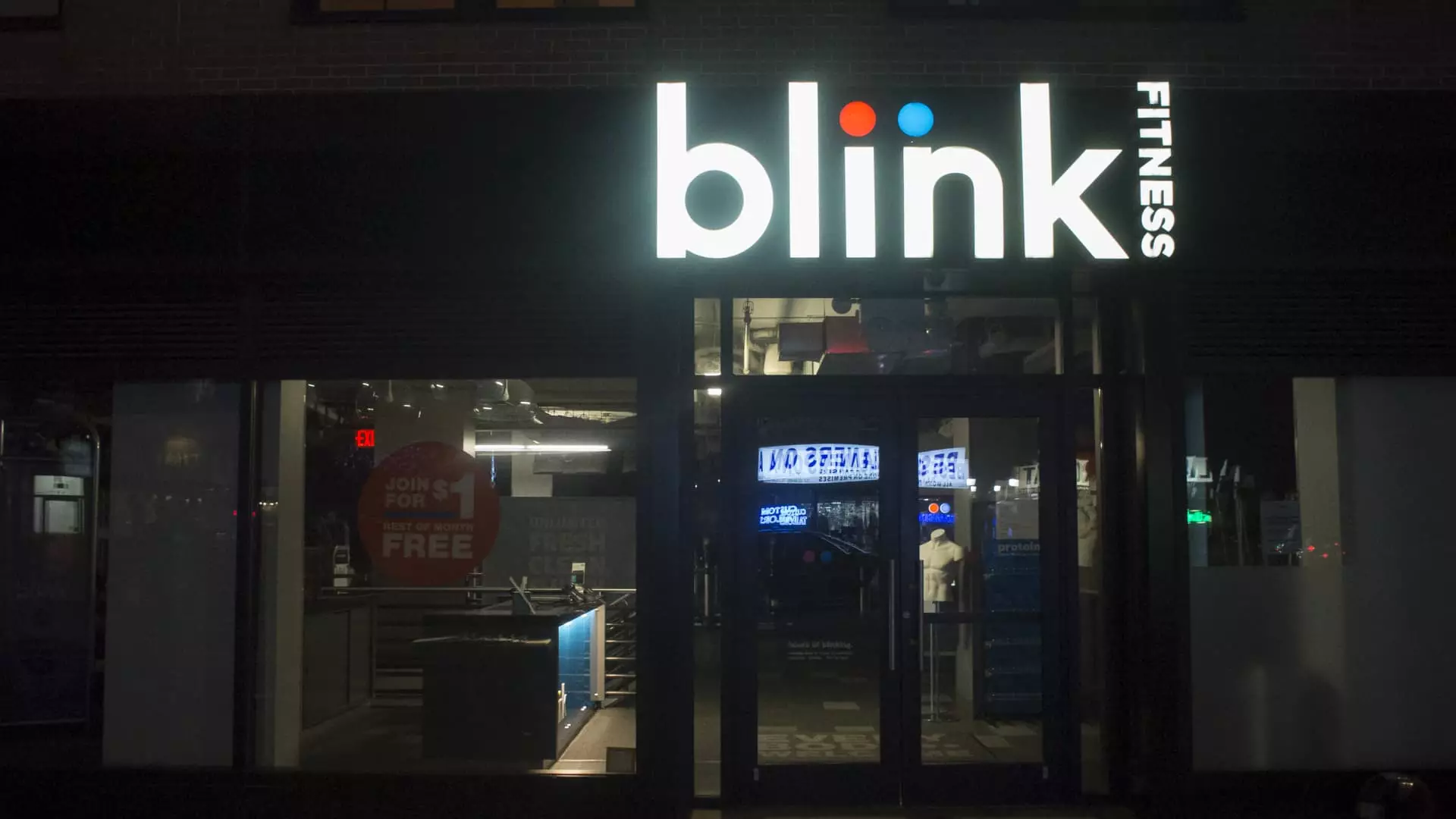In recent news, Blink Fitness, a budget-friendly gym chain owned by luxury fitness company Equinox Group, has filed for Chapter 11 bankruptcy protection. This move comes amidst a wave of fitness chains seeking bankruptcy post-pandemic, including well-known companies like New York Sports Club, 24 Hour Fitness, and Gold’s Gym. With over 100 centers spread across the U.S., Blink Fitness has become a casualty of the challenging economic conditions brought on by the global health crisis.
According to reports, Blink Fitness has listed its assets at $100 million and its liabilities at $500 million. The company has expressed its intention to sell its business while continuing to operate its fitness centers during the sale process. This decision, as stated by CEO and president Guy Harkless, is part of a broader effort to strengthen Blink’s financial foundation and position the business for long-term success. The board and management team have carefully evaluated their options, ultimately choosing to pursue a court-supervised process to optimize the company’s footprint and facilitate a sale of the business.
Equinox Group, the luxury fitness entity that owns Blink Fitness, has also been taking steps to improve its financial outlook. The parent company, which boasts brands like SoulCycle and Pure Yoga in its portfolio, recently completed a $1.8 billion funding round to refinance its substantial debt. Despite not being a publicly traded company, Equinox reported a 27% revenue increase in 2023 and has successfully brought membership levels back to near pre-pandemic figures. Additionally, Equinox has plans to open more than two dozen new locations globally, signaling its commitment to expansion and growth.
In the highly competitive budget gym sector, Blink Fitness faces stiff competition from established players like Planet Fitness. While Blink offers membership options ranging from $17 to $39 per month, Planet Fitness raised the price of its base membership to $15 per month earlier this year. Unlike Blink, Planet Fitness has seen significant membership growth, with a 7% increase year over year amounting to a total of 19.7 million members. Recently, Planet Fitness shares reached a 52-week high, underscoring the success and stability of the brand in the market.
A recent CNBC/Generation Lab Youth and Money Poll shed light on the spending habits of Americans aged 18 to 34 in the realm of exercise and fitness. The survey revealed that approximately one-third of respondents in this demographic spend between $1 and $50 per month on fitness-related expenses, while 47% report spending nothing at all on such activities. This data underscores the diverse landscape of consumer preferences and financial priorities when it comes to fitness choices.
The bankruptcy filing of Blink Fitness serves as a cautionary tale for businesses operating in the competitive fitness industry. As companies navigate the post-pandemic landscape and evolving consumer behaviors, strategic financial decisions and a keen understanding of market trends will be critical in ensuring long-term viability and success.

